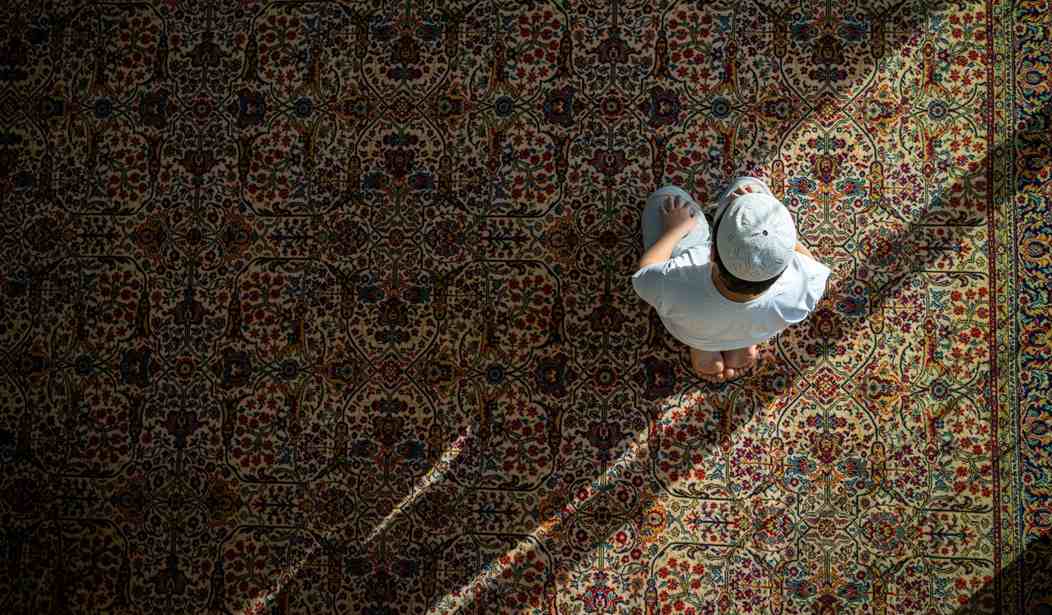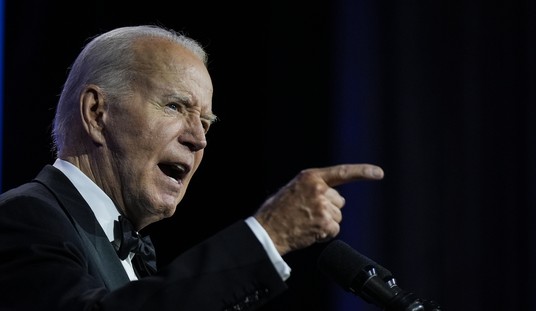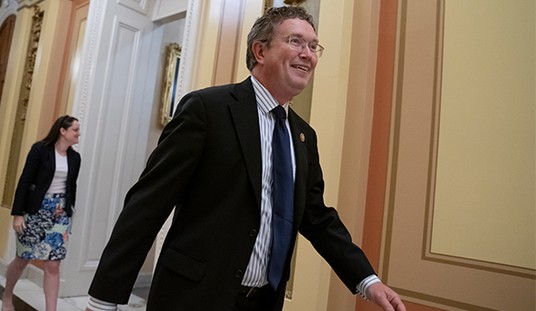Founded in 2001, Oslo-based Human Rights Service (HRS) has been instrumental in supplying useful and illuminating research about the scale, nature, and social and economic impact of immigration into Norway. Its recommendations have resulted in important policy changes, its website is very widely read by Norwegians who are skeptical about Islam, and the latest book by its information officer, Hege Storhaug (just out in English as Islam: Europe Invaded, America Warned), was a massive bestseller.
In the U.S., a think tank like HRS would be funded by corporate donors and philanthropists, but, in accordance with Scandinavian practice, it gets its money — which, given how much it accomplishes, doesn’t really come to all that big a sum — from the national government. Pretty much every year brings another fight over how much, if anything, HRS should get from the public till, with almost everyone on the left (and not a few on the right) complaining that its work contributes to negative images of Muslims. This year, the proposed national budget for 2019 left untouched the generous handouts to such far-left PC enforcers as the “Anti-Racist Center,” but cut by a half minute kroner ($60,000) the annual subsidy to HRS. The planned cut drew so much attention that a couple of leading members of the Progress Party (FrP) — which voters put into power largely so that it could implement the kind of reforms that HRS has called for — were actually roused to action and saw to it that the budget line was left untouched.
Meanwhile, the Norwegian state budget doles out far larger sums to other, far more dubious recipients — and HRS, as it happens, has been instrumental in digging out and publicizing the numbers. I’m referring to the huge annual payouts to mosques, which for some reason almost all of the members of the Norwegian parliament think they have the obligation to fund.
In recent weeks, coincidentally, even as HRS was fighting to hang onto its own minuscule government appropriation, it was publishing bombshell reports on the stunning increase in the number of mosques in Norway — and on the corresponding rise in the amount of taxpayer funds transferred to their coffers. Norway, let it be remembered, has a tiny population of 5.25 million people — almost identical to that of Chicago — but at present it has 219 mosques, which represents a 65% upsurge since only eight years ago. This year, the mosques received a total of 187 million kroner ($22,359,347) from the government.
How does the government decide how much to give each mosque? I didn’t know the answer until the other day. It is rooted in the fact that, until January of last year, the Church of Norway (DNK) was the nation’s official state church. It used to be the case that unless your parents opted out of it, you were automatically registered as a member at birth. Naturally, the government covered the Church’s expenses, and each congregation’s annual endowment was based on its membership statistics. In Norway, as elsewhere in Western Europe, church attendance has radically declined over the past few years, but in Norway the amount of cash infused into those churches has remained relatively constant, meaning that the sum per worshiper has increased dramatically. In order to be fair, by its own lights, the Norwegian parliament supports mosques at the same rate per registered member as the DNK. Since official mosque membership has skyrocketed even as church attendance has dived (one in eight residents of Oslo now belong to a mosque), the amount of taxpayer money handed over to these houses of worship has, according to an FrP official, “escalated at an alarming tempo.”
Many of these mosques, as you might expect, have been shown to be hotbeds of jihadist preaching. That doesn’t matter. They all get their cut.
HRS has actually compiled a list of every one of these mosques along with its annual take. The largest are in Oslo. One of them is Central Jamaat-E-Ahl-E Sunnat, whose imam is famous for his robust Jew-hatred and open hostility to Norwegian values. Another is the World Islamic Mission, which way back in 2002 was the subject of a hidden-microphone exposė proving that its head imam’s public expressions of affection for Norway were not, shall we say, honest reflections of his private views.
Perhaps HRS’s most surprising discovery is that so many dinky little hamlets have a mosque or two of not inconsiderable size within their city limits. The burg I live in, high in the mountains of Telemark, has a few thousand inhabitants (including the surrounding countryside, the figure comes to around 12,000). Ten years ago I was considered an alarmist, but if you had suggested to me at that time that this community would have a mosque by the year 2018, I would have laughed. In fact it has two. One of them claims to have 496 registered members; the other, a Somali mosque, has 220. And it’s all just beginning.
What I wouldn’t have been surprised at is that Oslo, where I lived for twelve years, is today experiencing more and more of the kind of Muslim gang activity that has transformed cities like Paris, Brussels, Malmö, and Berlin. There are mass car burnings and slugfests involving scores of “youths.” The participants in these slugfests used to lay off the cops most of the time; now, when the police turn up, the kids get violent with them, too. They’re increasingly brazen, increasingly confident that no serious punishment will ever befall them, increasingly secure in their growing numbers and power. A Facebook friend of mine with a friend in the Oslo police says that these troublemakers routinely shout “Allahu akbar” when they’re busy making their mischief, but that the cops aren’t allowed to mention this little detail to the media. A riot last Saturday night — I think it’s fair to call it a riot — involved about 100 young people, many of whom “were very aggressive toward the police.” It was only one of several violent conflicts in Oslo that night.
Not so many years ago, Oslo was supremely quiet and safe — so much so that one would make jokes about its dullness. No more. And just now, while I was sitting here writing about how this lovely country is going to hell, I was able to listen to Paul Greengrass, director of 22 July, about Norwegian mass murderer Anders Behring Breivik, telling the members of the Cambridge Union that those of us who express legitimate concern about what Islam is doing to the West are the moral equivalent of Breivik. Here in Norway a cold dark winter is coming, and I’m not talking about the weather.









Join the conversation as a VIP Member